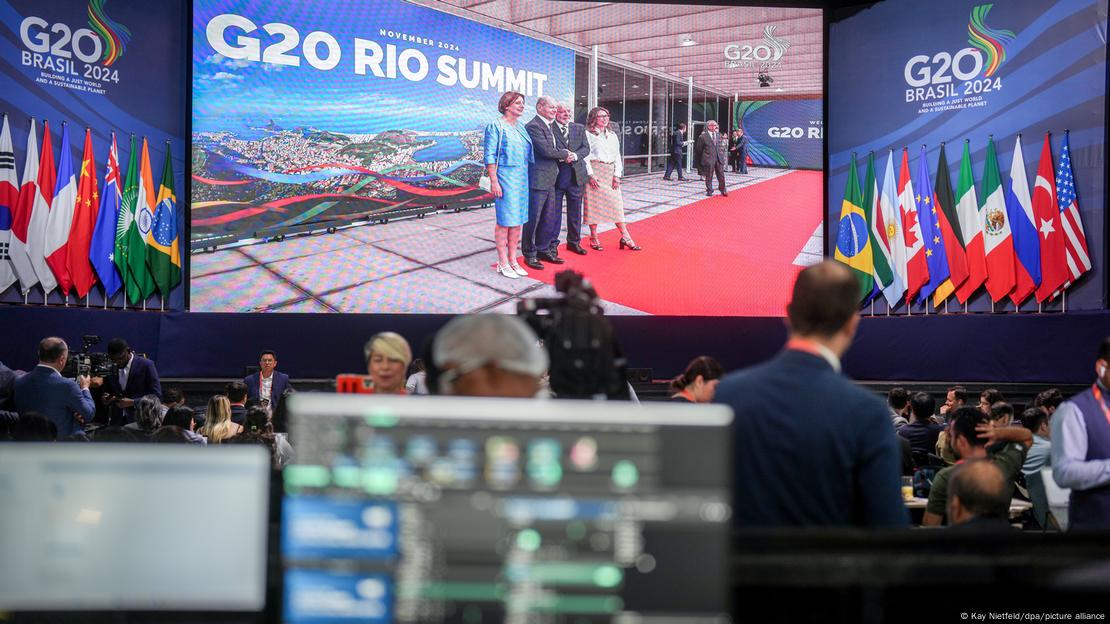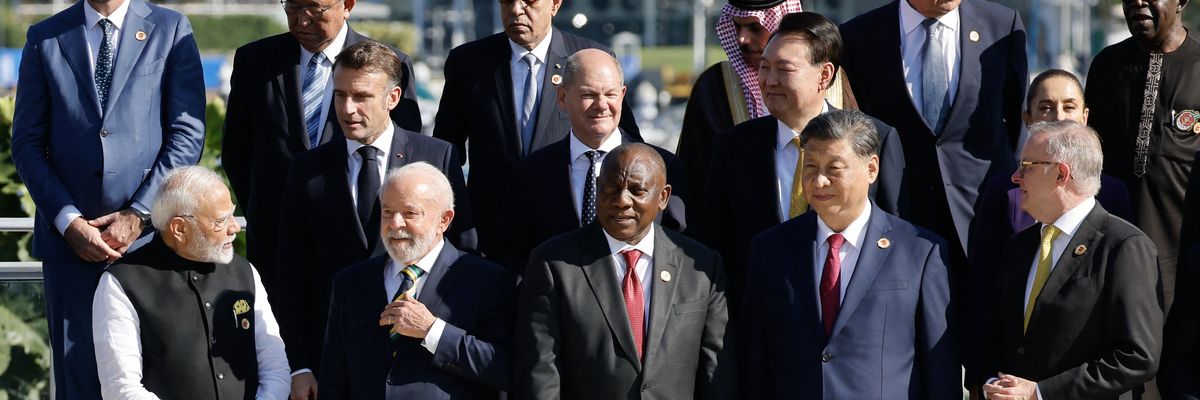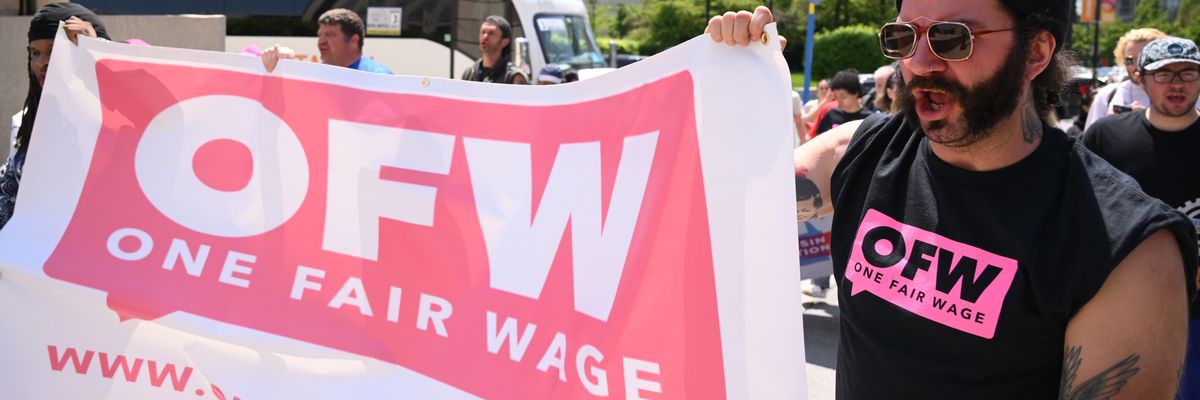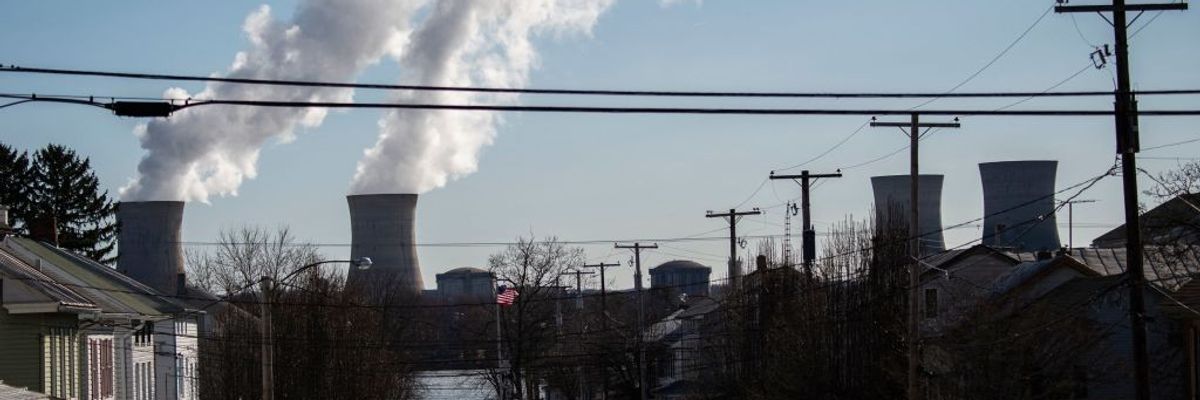DW
November 20, 2024
The Turkish government is sending ambiguous signals to the Kurds. Analysts believe it is hoping to garner some votes while also possibly splitting the opposition.
The Turkish government is sending ambiguous signals to the Kurds. Analysts believe it is hoping to garner some votes while also possibly splitting the opposition.
Political gestures of importance: Turkish President Recep Tayyip Erdogan (R) shakes the hand of Turkish Nationalist Movement Party (MHP) Leader Devlet Bahceli (L)
Image: DHA
When Devlet Bahceli, chairman of the ultra-nationalist Nationalist Movement Party, or MHP party, shook hands with politicians from the Peoples' Equality and Democracy Party (DEM Party), the gesture marked a political U-turn.
Up until October, Bahceli had claimed that the left-wing, pro-Kurdish DEM Party, just like its predecessor, the HDP, was an extension of the militant Kurdistan Workers' Party ( PKK) and should, therefore, be banned.
Even more surprising was Bahceli's next suggestion that PKK head Abdullah Ocalan could be released in exchange for announcing the dissolution of his party. Bahceli's party is considered the parent organization of the right-wing extremist group Grey Wolves and is known for its anti-minority ideology.
In the following days, the 76-year-old Ocalan received a visit from his family for the first time in 43 months. He has been in solitary confinement in a high-security prison since 1999.
A peace process with the PKK was put in place a decade ago already, but President Recep Tayyip Erdogan terminated it a year later in 2015.
After a few non-violent years, the bloody conflict flared up once more.
The Turkish government cracked down on Kurdish politicians in Turkey and launched military operations in northern Iraq and northeastern Syria.
The PKK has its headquarters in Iraq's Qandil Mountains. A de facto self-governing Kurdish state, known as Rojava, has established itself in northeastern Syria.

When Devlet Bahceli, chairman of the ultra-nationalist Nationalist Movement Party, or MHP party, shook hands with politicians from the Peoples' Equality and Democracy Party (DEM Party), the gesture marked a political U-turn.
Up until October, Bahceli had claimed that the left-wing, pro-Kurdish DEM Party, just like its predecessor, the HDP, was an extension of the militant Kurdistan Workers' Party ( PKK) and should, therefore, be banned.
Even more surprising was Bahceli's next suggestion that PKK head Abdullah Ocalan could be released in exchange for announcing the dissolution of his party. Bahceli's party is considered the parent organization of the right-wing extremist group Grey Wolves and is known for its anti-minority ideology.
In the following days, the 76-year-old Ocalan received a visit from his family for the first time in 43 months. He has been in solitary confinement in a high-security prison since 1999.
A peace process with the PKK was put in place a decade ago already, but President Recep Tayyip Erdogan terminated it a year later in 2015.
After a few non-violent years, the bloody conflict flared up once more.
The Turkish government cracked down on Kurdish politicians in Turkey and launched military operations in northern Iraq and northeastern Syria.
The PKK has its headquarters in Iraq's Qandil Mountains. A de facto self-governing Kurdish state, known as Rojava, has established itself in northeastern Syria.

Ahmet Turk, a pro-Kurdish politician, was elected as mayor three times and also dismissed three times
Image: Kivanc El/DW
A carrot and stick approach?
Since Bahceli's push for Ocalan's potential early release, people in Turkey have been puzzling over what the government in Ankara is up to.
Why are its representatives seeking proximity to Ocalan at the same time as elected Kurdish local politicians are being removed from office?
In late October, Ahmet Ozer, the mayor of Istanbul's Esenyurt district and a member of the Republican People's Party (CHP), was arrested for alleged links to the PKK.
A few days later, three Kurdish mayors in southeastern Turkey were replaced by state officers.
This also happened to Ahmet Turk, an 82-year-old veteran of Kurdish politics. He has been elected and dismissed as mayor of the city of Mardin three times.
Observers agree that Erdogan is set on becoming the president of Turkey again.
However, a constitutional amendment would be necessary for a fourth term in office. As of now, Erdogan lacks the necessary majority in parliament.
Analysts believe that his plan is to use the carrot and stick approach to bring the Kurds and pro-Kurdish DEM Party into line by offering concessions, such as softening Ocalan's sentence to house arrest or possibly ending the practice of imposing state officials in Kurdish regions.
Moreover, such moves could also split the opposition.
Since Bahceli's push for Ocalan's potential early release, people in Turkey have been puzzling over what the government in Ankara is up to.
Why are its representatives seeking proximity to Ocalan at the same time as elected Kurdish local politicians are being removed from office?
In late October, Ahmet Ozer, the mayor of Istanbul's Esenyurt district and a member of the Republican People's Party (CHP), was arrested for alleged links to the PKK.
A few days later, three Kurdish mayors in southeastern Turkey were replaced by state officers.
This also happened to Ahmet Turk, an 82-year-old veteran of Kurdish politics. He has been elected and dismissed as mayor of the city of Mardin three times.
Observers agree that Erdogan is set on becoming the president of Turkey again.
However, a constitutional amendment would be necessary for a fourth term in office. As of now, Erdogan lacks the necessary majority in parliament.
Analysts believe that his plan is to use the carrot and stick approach to bring the Kurds and pro-Kurdish DEM Party into line by offering concessions, such as softening Ocalan's sentence to house arrest or possibly ending the practice of imposing state officials in Kurdish regions.
Moreover, such moves could also split the opposition.
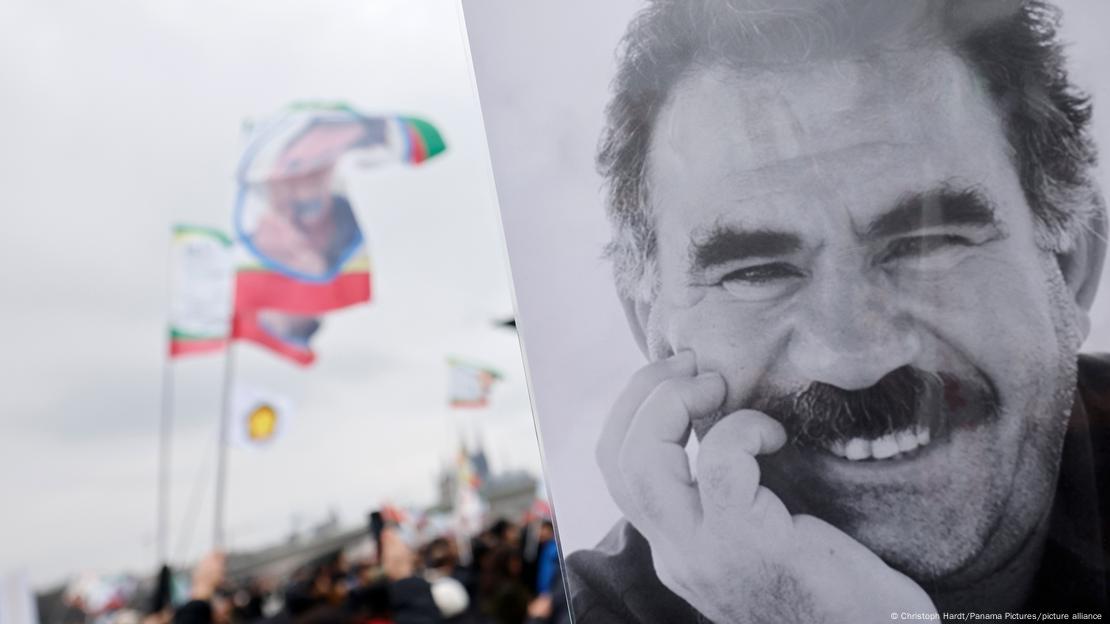
Could the Turkish government's hope be to offset Abdullah Ocalan's release for Kurdish votes?
Image: Christoph Hardt/Panama Pictures/picture alliance
Power shift in the Middle East?
Arzu Yilmaz, a political scientist at the University of Kurdistan Hewler in Iraq's city of Erbil believes that there are other reasons for the latest developments.
"First and foremost, the unstable situation in the Middle East and the US govenment's decision to withdraw US soldiers from Iraq and Syria by 2026," she told DW.
Given Donald Trump's re-election, this could happen sooner than expected, she added.
Around 2,500 US soldiers are still stationed in Iraq, and some 900 in Syria, where they cooperate closely with local Kurdish militias.
"The balance of power in the Middle East is shifting, but despite its ambitions, Turkey is not an important player," Yilmaz said, saying that Ankara might want to change that.
Bese Hozat, the co-chair of the Kurdistan Communities Union, an umbrella organization of several parties of Kurdistan, including the PKK, echoed these thoughts. "Turkey's geopolitical and geostrategic position and influence in the region is gradually weakening," she said in an interview, adding that this was "causing the Turkish government to panic."
In her view, this has pushed it to find a workaround and try to instrumentalize Kurdish leader Ocalan for its own purposes.
Military operations expected
Earlier this month, Erdogan announced that he would soon close the "security gaps on the southern borders".
This signals a new round of Turkish military operations in Syria and Iraq.
Arzu Yilmaz believes that the Iraqi Kurds have no reason to worry about the future as their status quo is enshrined in Iraq's constitution.
However, the future of the self-governing Kurdish region in northeastern Syria is more uncertain, she said, adding that so far the US had supported the Kurds but it remained to be seen what would happen after the withdrawal of US troops. It was unclear who would fill the resulting power vacuum.
A key factor would be how the Kurds in the various regions cooperated with each other, she said: "This will determine whether the Kurds ultimately emerge from this crisis stronger or weaker."
Sources close to the PKK say that an initial meeting of Kurdish parties from Iraq, Iran, Syria and Turkey took place in the Belgian capital Brussels in November, however, the result of the discussion remains unknown.
The Kurds are the largest ethnic group in the world without their own state. According to estimates, more than 12 million live in Turkey, around 6 million in Iraq and the same in Iran, and just under 3 million in Syria.
Germany boasts the largest Kurdish diaspora community, which numbers around 1 million.
This article was translated from German.












